Jeep Wranglers have long been associated with rugged off-road adventures and the ability to tackle any terrain with ease. However, one common concern that potential buyers often have is how fuel-efficient these vehicles are. In this article, we will take a closer look at the gas mileage of Jeep Wranglers and provide an in-depth analysis of their performance in terms of fuel consumption.
What is the Gas Mileage of Jeep Wranglers?
The highway gas mileage of a Jeep Wrangler can vary depending on several factors, such as the engine type, transmission type, and driving habits. On average, Jeep Wranglers get between 17 and 23 miles per gallon (MPG) on the highway and between 13 and 18 MPG in the city. However, newer models with more fuel-efficient engines can get up to 25 MPG on the highway and 22 MPG in the city.
Factors Affecting the Gas Mileage of Jeep Wranglers
Several factors can affect the gas mileage of Jeep Wranglers. Let’s take a closer look at each of these factors.
Engine Type and Size
The engine type and size play a significant role in the gas mileage of a Jeep Wrangler. The Wrangler comes with three engine options: a 3.6-liter V6 engine, a 2.0-liter turbocharged four-cylinder engine, and a 3.0-liter EcoDiesel V6 engine. The EcoDiesel engine is the most fuel-efficient of the three, with an EPA-estimated 25 MPG on the highway and 22 MPG in the city.
Transmission Type
The type of transmission in a Jeep Wrangler can also affect its gas mileage. The Wrangler comes with either a six-speed manual or an eight-speed automatic transmission. The manual transmission generally provides better gas mileage than the automatic six speed manual transmission does, but this can vary depending on the driver’s skill level.
Vehicle Weight and Size
The weight and size of a vehicle can affect its gas mileage, and the Jeep Wrangler is no exception. The larger and heavier the Wrangler, the more fuel it will consume. The two-door Wrangler models tend to be lighter and more fuel-efficient than the four-door models.
Add-ons That Affect Gas Mileage the Most
In addition to driving habits and regular maintenance, certain add-ons can have a significant impact on the gas mileage of your Jeep Wrangler. Here are some of the add-ons that can affect your Jeep’s fuel efficiency the most:
Lift kits – Lift kits are popular among Jeep enthusiasts for their ability to improve off-road performance and ground clearance. However, adding a lift kit can also increase wind resistance and weight, both of which can have a negative impact on gas mileage.
Tires – The type and size of tires you choose for your Jeep Wrangler can also affect its gas mileage. Larger, more aggressive tires may look cool and offer better off-road performance, but they also create more rolling resistance, which can reduce fuel efficiency.
Roof racks – Roof racks can be useful for carrying extra gear, but they also increase wind resistance and weight, both of which can reduce gas mileage.
Bumpers – Heavy-duty bumpers can add extra weight to your Jeep Wrangler, which can reduce fuel efficiency.
Winches – Winches can be a helpful tool for off-road adventures, but they also add weight to your Jeep, which can decrease gas mileage.
Driving Habits
Driving habits, such as accelerating and braking quickly and frequently, can also affect the gas mileage of a Jeep Wrangler. Consistent speeding and idling can also decrease fuel efficiency. Maintaining a consistent speed and avoiding sudden movements can help improve gas mileage.
Fuel Economy of Different Jeep Wrangler Models
The fuel economy of Jeep Wrangler models can vary depending on the year and engine type. Let’s take a closer look at the fuel economy of some of the most popular Jeep Wrangler models.
Jeep Wrangler JK
The Jeep Wrangler JK, which was produced from 2007 to 2018, came with a 3.6-liter V6 engine that got an EPA-estimated 17 MPG in the city and 21 MPG on the highway.
Jeep Wrangler JL
The Jeep Wrangler JL, which was introduced in 2018, comes with three engine options: the 3.6-liter V6 engine, the 2.0-liter turbocharged four-cylinder engine, and the 3.0-liter EcoDiesel V6 engine. The V6 engine gets an EPA-estimated 17 MPG in the city and 25 MPG on the highway, while the turbocharged four-cylinder engine gets 22 MPG in the city and 24 MPG on the highway. The EcoDiesel engine is the most fuel-efficient option, with an EPA-estimated 22 MPG in the city and 25 MPG on the highway.
Jeep Wrangler 4xe
The Jeep Wrangler 4xe, which is a plug-in hybrid model, was introduced in 2021. It comes with a 2.0-liter turbocharged four-cylinder engine and two electric motors, providing a combined output of 375 horsepower. The 4xe gets an EPA-estimated 49 MPGe (miles per gallon equivalent) in hybrid mode and 21 MPG in gas-only mode.
Tips for Improving Gas Mileage in a Jeep Wrangler
If you own a Jeep Wrangler and want to improve its gas mileage, here are some tips to consider:
Keep your tires properly inflated to reduce drag and increase fuel efficiency.
Avoid carrying unnecessary weight in your Wrangler, as this can decrease fuel efficiency.
Use cruise control on the highway to maintain a consistent speed and improve gas mileage.
Avoid driving at high speeds or accelerating quickly, as this can decrease fuel efficiency.
Consider upgrading to a more fuel-efficient engine or transmission, if possible.
Pros and Cons of Owning a Jeep Wrangler in Terms of Gas Mileage
Owning a Jeep Wrangler has its pros and cons in terms of gas mileage. Here are some of the main advantages and disadvantages:
Pros
Jeep Wranglers are designed to handle tough terrain and are great for off-roading adventures.
Newer models with more fuel-efficient engines can get up to 25 MPG on the highway, which is not bad for an SUV.
Jeep Wranglers have a unique and iconic design that stands out on the road.
Cons
Jeep Wranglers are generally not very fuel-efficient, especially older models with larger engines.
The Wrangler’s boxy design and large size can make it less aerodynamic, making it have bad gas mileage.
The Wrangler’s off-road capabilities often come at the expense of fuel efficiency.
Can You Stretch Your Fuel Further?
While the fuel tank size of a Jeep Wrangler is important, there are also steps you can take to stretch your fuel further and improve fuel efficiency. Here are some tips:
Use cruise control – Maintaining a consistent speed can help improve fuel efficiency, and using cruise control can make this easier on long highway drives.
Avoid idling – Idling your engine can waste fuel, so try to avoid leaving your Jeep running for extended periods.
Keep tires properly inflated – Under-inflated tires can decrease fuel efficiency, so be sure to check and maintain the proper tire pressure regularly.
Use the correct octane fuel – Jeep Wranglers are designed to run on regular unleaded gasoline, so using a higher octane fuel is not necessary and will not improve performance or fuel efficiency.
Reduce weight – Removing any unnecessary weight from your Jeep can help improve fuel efficiency, so try to only carry what you need.
By following these simple tips, you can improve the fuel efficiency of your Jeep Wrangler and get the most out of every tank of gas.
Conclusion
In conclusion, the gas mileage of Jeep Wranglers can vary depending on several factors, such as the engine type, transmission type, and driving habits. While they may not be the most fuel-efficient vehicles on the market, newer models with more fuel-efficient engines can still provide decent gas mileage for an SUV.
If you own a Jeep Wrangler, there are several tips you can follow to improve its gas mileage, such as keeping your tires properly inflated and avoiding unnecessary weight in the vehicle.
FAQs
How much does it cost to fill up a Jeep Wrangler’s gas tank?
The cost to fill up a Jeep Wrangler’s gas tank will depend on the current price of gasoline in your area and the size of the tank. However, on average, it will cost around $50 to fill up a Wrangler’s gas tank with regular gasoline.
Is the Jeep Wrangler 4xe worth the extra cost?
It depends on your individual needs and preferences. The 4xe model is more expensive than other Wrangler models, but it offers improved fuel efficiency and the ability to drive on electric power alone for short distances.
What is the 2023 Jeep Wrangler Fuel Tank Capacity
The 2023 Jeep Wrangler comes with two different fuel tank options depending on the trim level. The standard fuel tank size is 17.5 gallons, which is available on the Sport, Sahara, and Rubicon trim levels.
The second option is a larger 21.5-gallon tank, which is available on the Rubicon 392 and 4xe hybrid models. This larger tank size can help improve the Jeep Wrangler’s gas mileage, especially for those who enjoy off-road adventures.

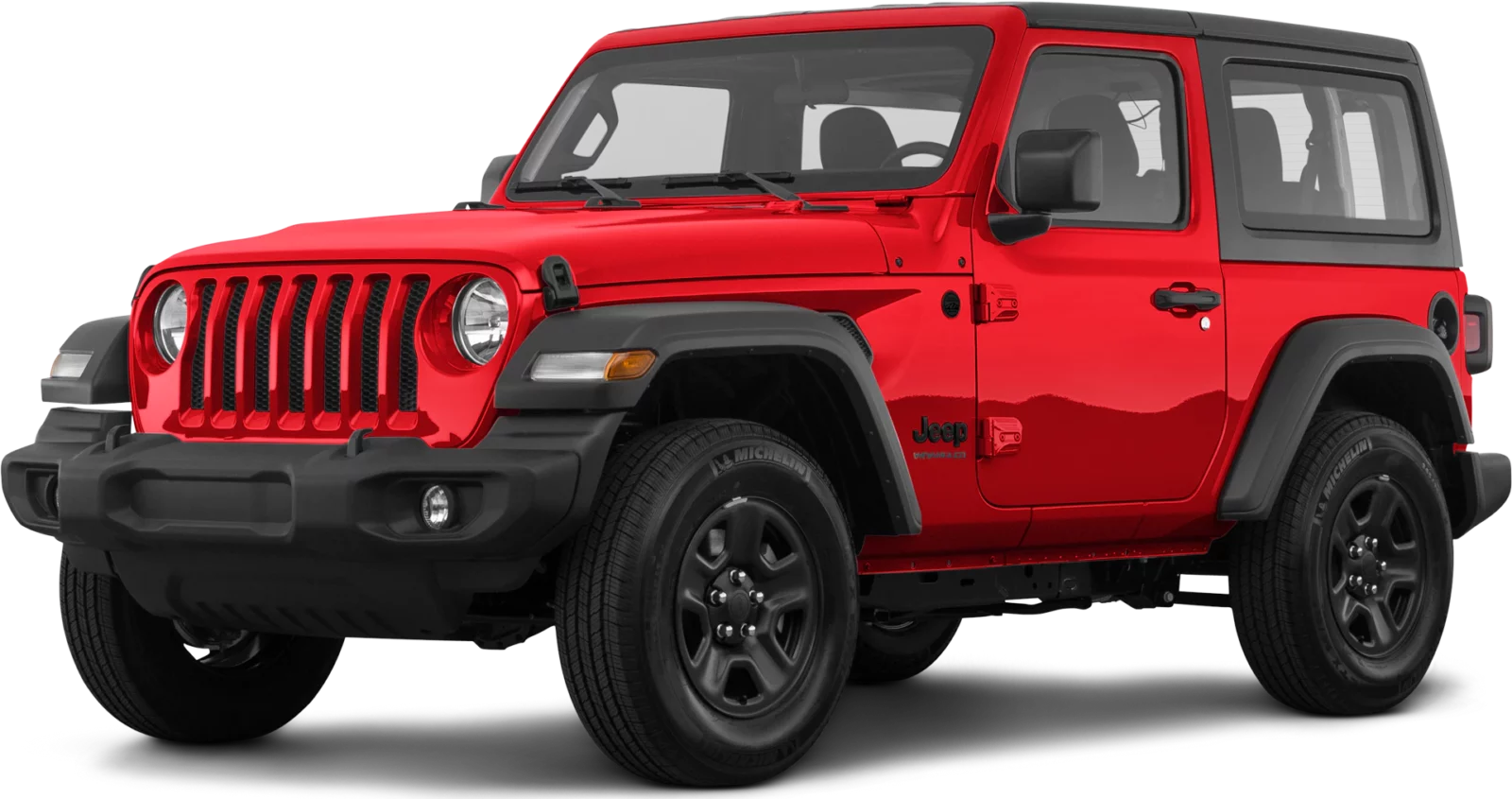
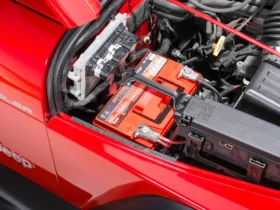
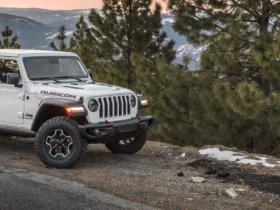
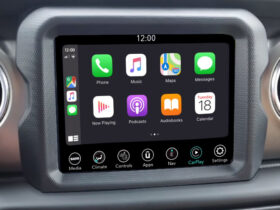
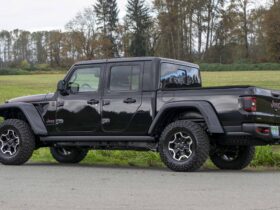
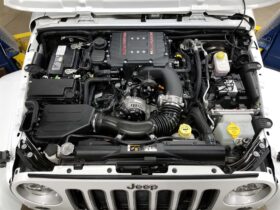
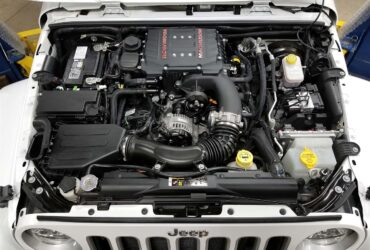
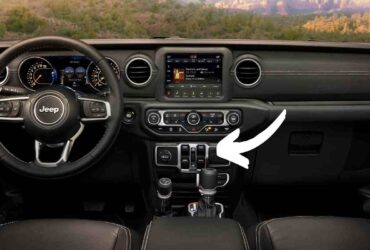

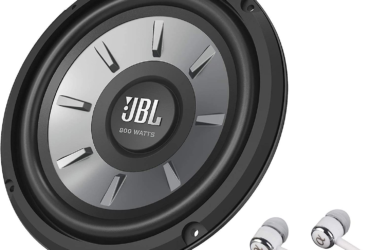
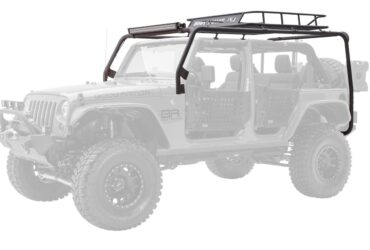
Leave a Reply